
|
|
|
|
|
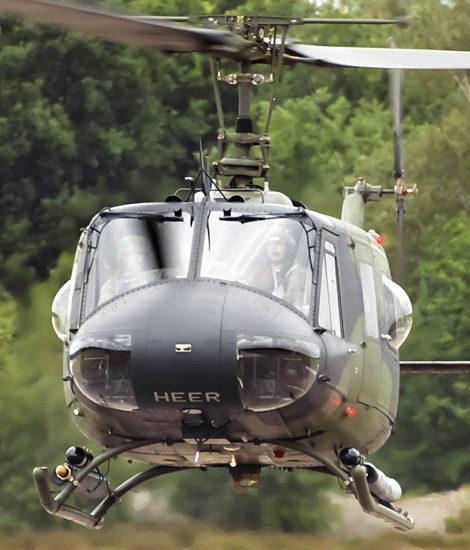
|
Development of the Fouga Magister; Kleine-Brogel, July 18, 2002
The Fouga CM170 Magister, part 1; Text and Photograph's by Alex van Noye
The development of the Fouga CM170 Magister began at the beginning of the 50s. The CM175 Fouga Zephyr was a variant of the Fouga Magister which was developed for the French Navy from 1950. The Magister was an aircraft of which many were sold. The Magister would also be produced in many countries under license.
The Fouga Magister CM170 is designed in the 50s as a French jet trainer. In 1948, the French aircraft manufacturer Fouga designed the jet-powered CM130 primary trainer for the French Air Force (Armée de l'Air). The aircraft was designed to replace the piston engine powered Morane-Saulnier MS475. The AdlA soon realized that the aircraft did not have enough power on its two Turbomeca Palas turbojet engines. Fouga enlarged the basic design and used the more powerful Turbomeca Marboré engine to create more power. The distinctive V-tail of the new CM170 (Castel-Mauboussin 170) Magister was first used on the CM8 (Castel-Mauboussin 8) glider. Fouga was in a stage of experimenting with jet engines. The jet engine was in its infancy when the design of the Magister was created. The AdlA ordered three prototypes of the CM170 in December 1950. The first prototype made its first flight on July 23, 1952. A pre-production batch of ten aircraft was ordered to fully test the aircraft in June 1953. The first production order for the delivery of 95 CM170 Fouga Magister aircraft was concluded on January 13, 1954. Fouga built a new assembly plant in Toulouse-Blagnac to produce the aircraft in this factory. The aircraft entered service with the AdlA in 1956. The Fouga Magister CM170R was designed in 1949 by Robert Castello and Pierre Mauboussin. The first prototype flew on July 23, 1952. The first planes of this type flew at the AdlA for the first time in February 1956.
Because of the different industrial mergers, the aircraft was known as the Fouga Magister CM170, the Potez (Fouga) CM170 Magister, the Sud Aviation (Fouga) CM170 Magister and the Aérospatiale (Fouga) CM170 Magister depending on where and when the aircraft were built. An improved version of the Magister was designated as the CM170-2 Magister and was produced in 1960. It used a more powerful Turbomeca Marboré IV engine. The production of the Magister in France was stopped in 1962. The aircraft was being built in Finland until 1967. The development of the
|
|
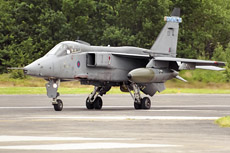
|
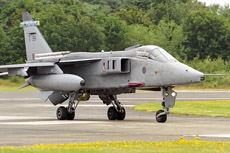
|
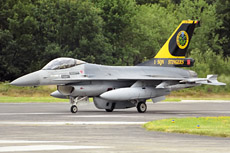
|
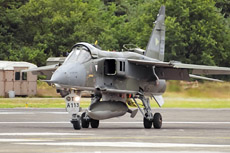
|
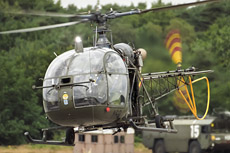
|
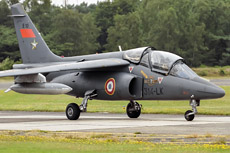
|
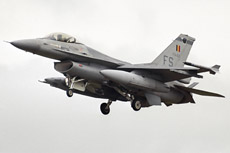
|
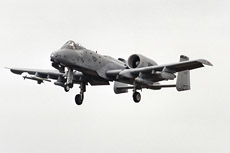
|
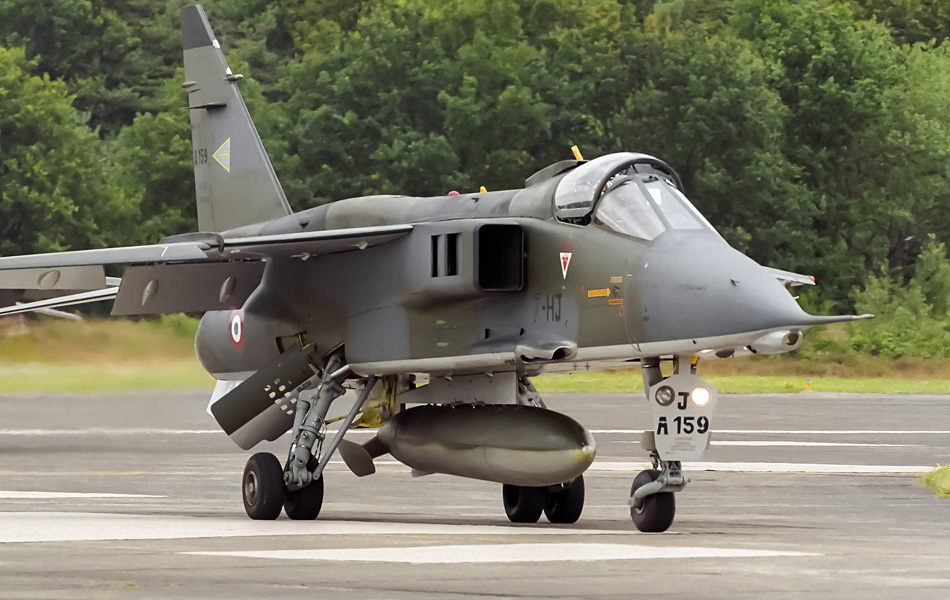
|
aircraft came to a halt when the French Air Force introduced the Alpha-Jet as the new jet trainer for the air force. The Magister was initially designed as a standard plane. The aircraft has a body with the shape of a raindrop. The two engines are mounted against the side of the fuselage of the aircraft. Also, the thickest points of the wings are attached to the engine modules. The wings themselves are straight wings without an arrow stand and have medium-sized fuel tanks mounted on the wing tips. A major feature of the Fouga Magister is the V tail at the back of the aircraft. The tail surfaces act both as tail wings and vertical stabilizers. The retractable landing gear has a very wide wheelbase and is mounted under the wings and the nose.
A number of variants of the Fouga Magister were built through the years. The first variants which flew were the three prototypes and the ten pre-production versions. These aircraft were of the type CM170-1. The CM170-1 was also the first production model and was equipped with the Turbomeca Marbore II turbojet engine. An impressive series of 761 aircraft were built of this type. Licensed production of the aircraft was also launched in countries such as Germany, France and Israel. There were no differences in the plants and the delivered aircraft were all exactly the same. The second variant which was brought to the market was of the type CM170-2. The CM170-2 was designated as the Super Magister. This aircraft had improved engines in the form of improved Marbore IV turbojet. These engines could deliver a capacity of 1055lb. There were of this variant of the Magister 137 aircraft produced and sold. The third variant of the CM170 which was built was the CM171. This aircraft was designated as the CM171 Makula. The aircraft had an enlarged airframe and was also equipped with the Turbomeca Gabizo turbojet engine. This engine produced a capacity of more than 2422lb. The first prototype of this variant was lost on March 20, 1957. Ultimately, this improved model was marketed as the CM173 Super Magister. This aircraft was equipped with the Super Marbore VI series turbojet engine. This engine had a capacity of 1143lb. Also of this series 137 aircraft have been built worldwide. The Fouga 90 and 90A are variants of the Magister which ultimately proved to be a failure. These aircraft also had improved engines and cockpit upgrades, but were not brought on the market.
The CM175 Fouga Zephyr was a variant of the Fouga Magister which was developed for the French Navy from 1950. The aircraft was a variant of the Magister which was able to land on an aircraft carrier. The French Navy (Aeronavale) took a variant of the Fouga Magister CM170-1 as a basic trainer for carrier operations. Originally, the new aircraft would be referred to as the CM170M Esquif and two of these aircraft were constructed. The prototype of the CM175 made its first flight on July 31, 1956. The aircraft was quickly identified as the CM175 Zephyr. Several aircraft carrier tests were performed on the British aircraft carrier HMS Eagle (R05) and HMS Bulwark (R08) off the French coast. The major differences between the Zephyr and the Magister are the hook for landing on the deck and a reinforced landing gear for carrier operations. The Zephyr also had an extra light in the nose for lighting during landing. The aircraft did not have ejection seats, but the Zephyr did have a new retractable roof which could be closed off during launch and landings on an aircraft carrier. Under each wing a rocket pod with six missiles could be mounted for training with weapons. Two guns were mounted in the nose of the aircraft. In total there were 32 aircraft of the type CM175 built of which all would fly in the French Navy. The first production aircraft was delivered on May 30, 1959. The aircraft was officially employed by the Navy in October 1959 at the 59th Flotilla which was part of the carrier landing school at Hyéres. In 1962 the aircraft was also used for the display team Patrouille de Voltige d'Hyéres.
|
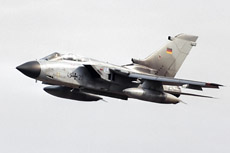
|
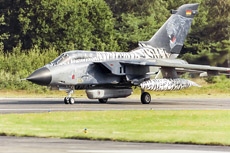
|
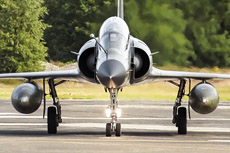
|
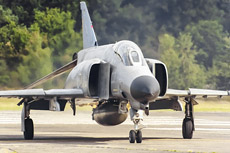
|
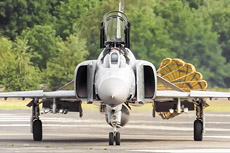
|
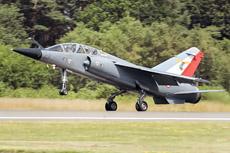
|
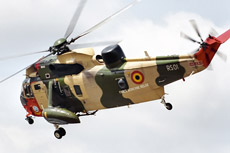
|
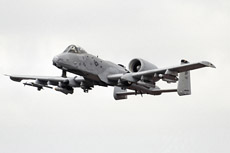
|
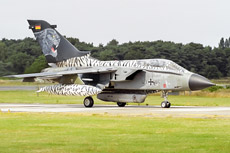
|
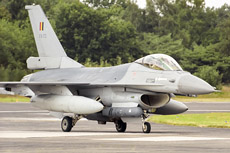
|
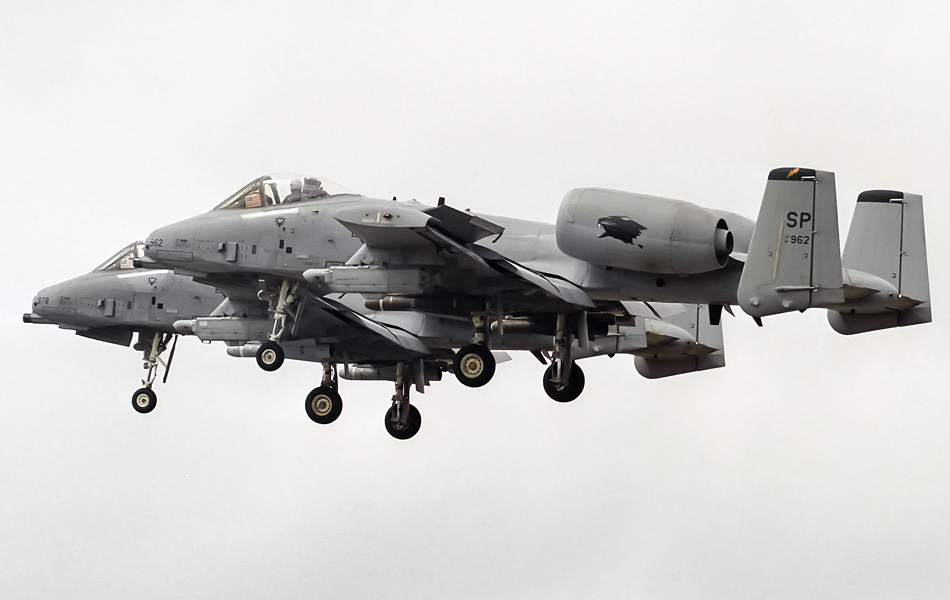
|
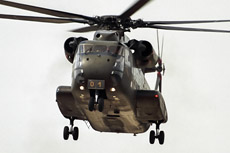
|
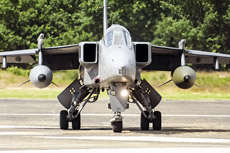
|
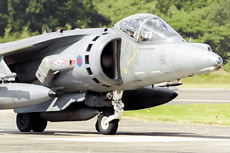
|
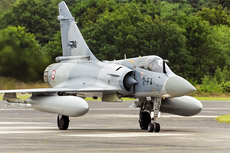
|
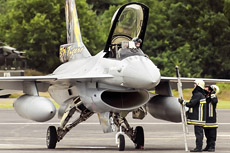
|
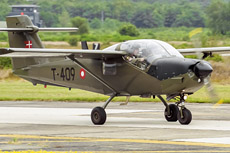
|
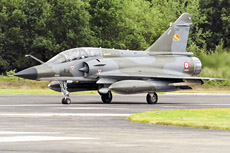
|
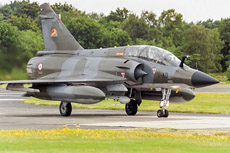
|
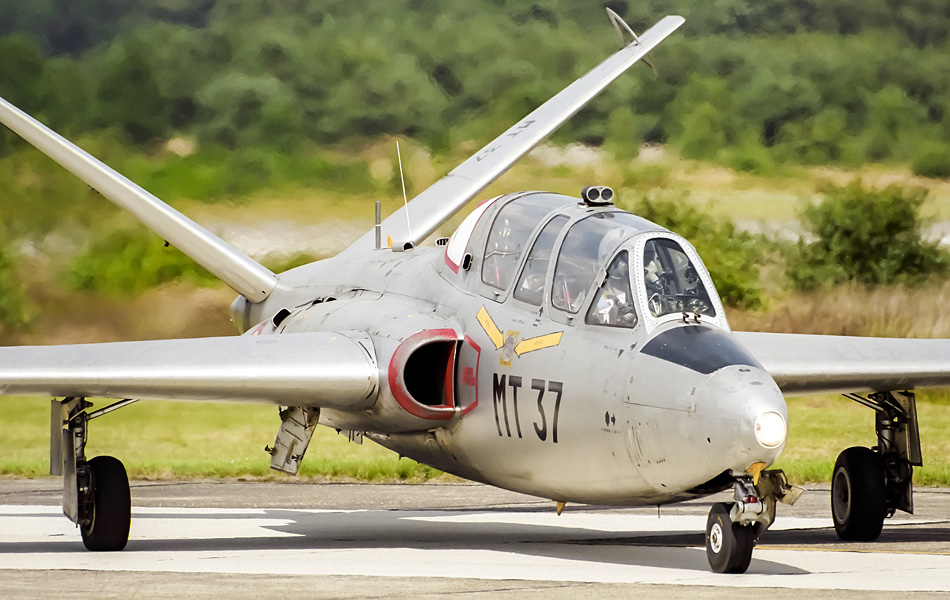
|
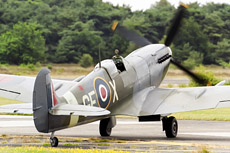
|
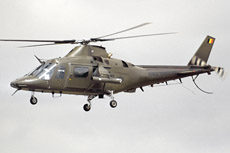
|
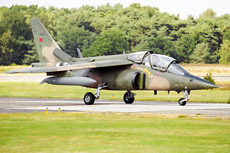
|
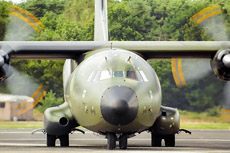
|
|
|

|







